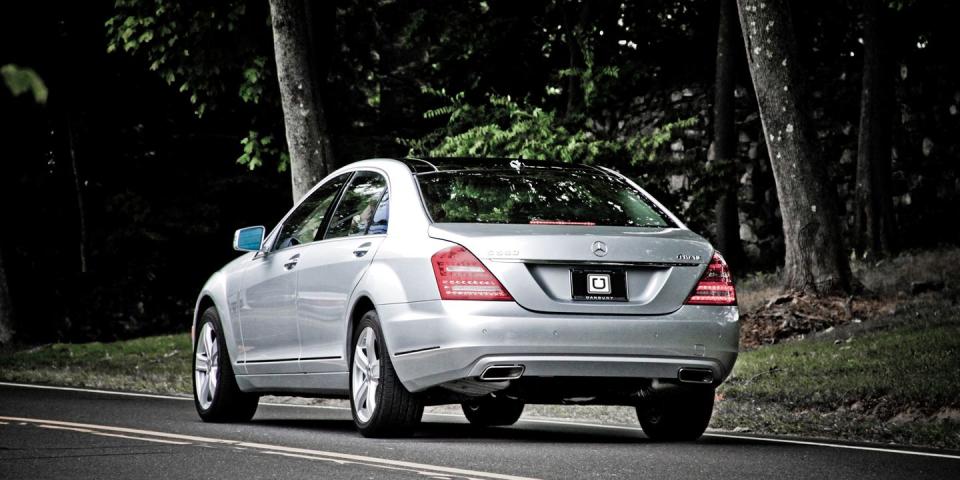Uber Could Halt California Operations for Months Following Court Order

Uber's ongoing legal battle to keep classifying its drivers as independent contractors instead of employees, thus avoiding a number of expenses such as health benefits, has unexpectedly heated up this week ahead of what could be a turning point for the entire ride-hailing industry.
Earlier this week a California court has issued a preliminary injunction -- an interim ruling on what is often a narrow issue before the complete resolution of a case -- requiring Uber and Lyft to classify its drivers as employees rather than independent contractors. Independent contractor classification is how the companies have been able to avoid a variety of operating expenses, CNBC reports. But even the preliminary injunction itself has not taken effect yet, as the judge in the case has delayed its implementation to give companies time to appeal the injunction.
The case itself had been sparked by a state law that entered into force at the beginning of the year, which makes it more far difficult for various companies to classify workers as independent contractors. The state law, known as Assembly Bill 5, was passed in the wake of a California Supreme Court ruling that created a new test for classifying various types of workers, CNBC notes. The net result of the law since it entered into force has been mixed, according to a number of accounts, making it more difficult for freelancers in some industries, including the media, to operate as they had before.
All of the effects of the California law for dozens of industries are difficult to categorize, especially considering the pandemic and the economical downturn. Though, its implications for the ride-hailing industry could perhaps be described as a threat to its entire business model.
Nevertheless, the preliminary injunction itself has prompted the company's CEO to hint at a drastic option: A temporary suspension of its operations in the State pending implementation of the required changes.
"If the court doesn’t reconsider, then in California, it’s hard to believe we’ll be able to switch our model to full-time employment quickly," Dara Khosrowshahi said in an interview with MSNBC earlier this week.
It's difficult to tell how long of a shutdown the company could institute to convert all of its independent contractors to employees, if it chooses to actually do so. But yet another effort by the ride-hailing industry could arrive to "save" it from having to classify drivers as employees. Proposition 22, up for a vote in November of this year, could create an exemption for ride-hailing app drivers and delivery drivers, allowing companies to continue classifying them as independent contractors.
However, even a temporary shutdown until November could still see a very different Uber emerge on the other end: Khosrowshahi indicated that when Uber service would resume in California, it could end up resuming mostly in cities, as opposed to suburbs or rural areas.
While this particular case in the most populous U.S. state could seem like an existential crisis for Uber at first blush, it is by no means the sole existential crisis the service faces: The coronavirus pandemic has already caused ridership to suffer a sharp decline, as users shun public transportation and shared transportation, and there is also the fact that Uber has not had a profitable quarter to date even before the coronavirus pandemic materialized to slash ridership levels.
It's difficult to tell just when all ride-hailing services, not just Uber, could return to pre-pandemic levels of ridership on the level of 2018 or some other favorable economic year, if ever. Trends sparked by the outbreak of the pandemic virtually overnight had brought tremendous changes to the way people work, travel, where they eat dinner and how they spend money. A return to pre-pandemic levels of ride-hailing usage could be years or even over a decade away, assuming other trends do not overtake a mere return trajectory to the way people get around.

 Yahoo Autos
Yahoo Autos 